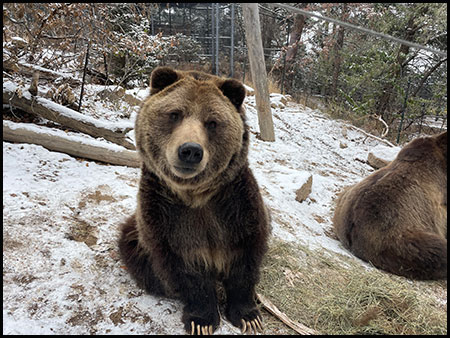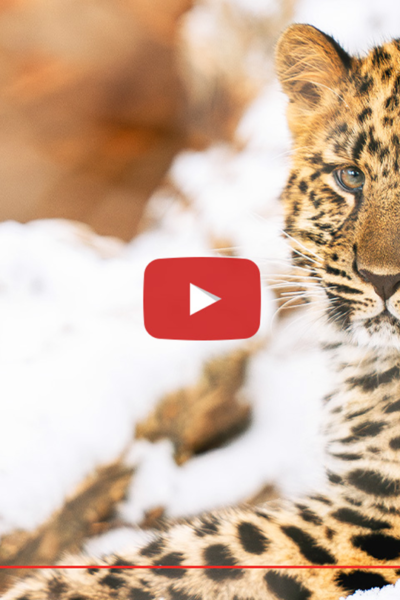The Zoo profession is a quickly evolving blend of science, veterinary medicine, compassion, relationships, intuition and innovation. With the well-being of its animals at the forefront, CMZoo is investing in another full-time dedicated position to increase enrichment opportunities for its scaly, furry, giant and tiny animal colleagues. As CMZoo’s Curator of Environmental Enhancements, Jason Bredahl incorporates an environments-first approach to enrich animals’ lives. Jason’s new position works in collaboration with Rick Hester, another full-time CMZoo staff member dedicated to animal well-being as the Curator of Behavioral Husbandry.
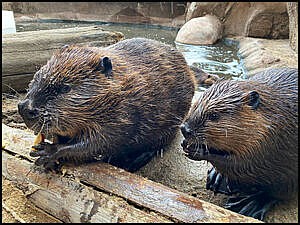
“We know that positive reinforcement training with keepers, novel enrichment activities and interactions with guests are engaging for our animals,” Jason says. “We want to fill the rest of their days with enrichment that doesn’t depend on people providing it. We want their environments to support them with opportunities that they find positively reinforcing for as long as possible.”
Before accepting this position, Jason worked as an animal keeper and animal care manager of giraffe, African lions, elephants, rhino, okapi and more at CMZoo for 24 years. Stepping into this dedicated role, he can share his vast behavioral knowledge and experience with all of the Zoo’s animal care teams. Plus, he’ll have the time, equipment and resources to lead enrichment programs for animals all over the Zoo. The goal is to provide activities the animals find reinforcing – meaning they achieve mental and physical stimulation, satisfaction and comfort – through their own innate natural behaviors.
For a grizzly bear, digging is tops. The grizzlies’ new habitat (currently under construction) will have a variety of digging locations and varied substrates where the bears can get dirty, take a comfy nap or uncover treats to their hearts’ delights. Rocky Mountain goats want to climb and survey from on high. CMZoo recently added 30 boulders to the top of their rocky cliffs, which already towered over the Zoo. Penguins want to hunt. A new trout enrichment program allows them to zoom underwater and get the behavioral and nutritional satisfaction of snagging the catch of the day. Beavers want to build dams, but their care team discovered that providing branches wasn’t inspiring them. So, now the team provides specific branches that are good for building and installed a speaker system that plays running water on a loop in the beavers’ habitat. Dams now abound in the CMZoo beaver pond.
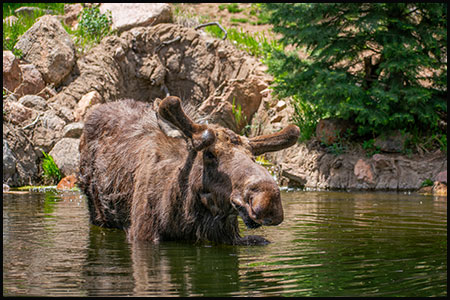
“Herbivores’ favorite job is eating,” Jason says. “We see them seeking food over almost anything else, regardless of how much we provide. It’s a challenge to provide the quantities and right kinds of food so they can eat for the majority of the day without gaining an unhealthy amount of weight. That means we need more tree branches, just like they would eat in the wild. That’s where our browse program is really stepping up and where our community can make an impact.”
CMZoo’s browse program isn’t new, but it’s evolving. ‘Browse’ is another word for tree branches, leaves, twigs and trunks. With Jason overseeing the program, Sarah Touchton, browse coordinator, is filling her days by filling the Zoo’s pick-up truck with tree branches and solidifying relationships with local landscaping companies.
“I want to encourage our community members to ask their tree trimmers where they’re going to recycle branches, and to suggest they reach out to us,” Sarah says. “We’re trying to add a step to the tree recycling process. It will still become mulch eventually at a local tree recycling organization, but before it goes there, it could come here first and our animals could really benefit from the bark and leaves.”
The Zoo can’t accept branches that have been sprayed with pesticides or herbicides or are diseased or dead. The branches must have been cut within a day or two of the donation. Zoo animals can have elm, willow, ash and cottonwood branches and trunks. Maple and pine species are toxic to ruminants – herbivorous animals with multi-chambered stomachs.
“Donations should be at least a truckload of tree branches and trunks to make the most of our pick-ups,” Sarah says. “Once it gets to the Zoo, we distribute branches to giraffe, elephants, wallabies, our rhino, moose, and more, and they gobble it up. Other animals that don’t eat the branches might like to play with them. It’s really fun to be able to show our browse donors where their branches ended up, especially when it’s something as cute as a video of Emmett, our grizzly bear, swimming and swinging branches over his head.”
The next time a tree needs a trim, the property owner can encourage their tree trimming service provider to see if the Zoo can use the browse. Landscaping companies can also reach out to the team to set up regular drop-offs at [email protected]. Drop-off and pick-up opportunities may be limited and the team will prioritize large-volume donations.
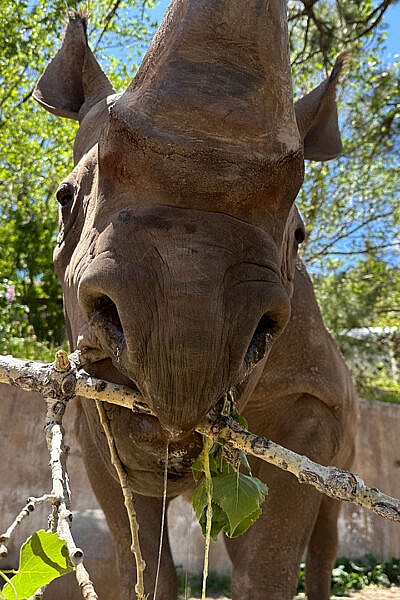

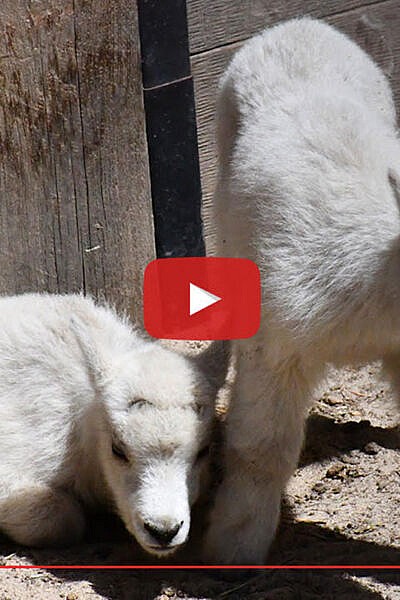
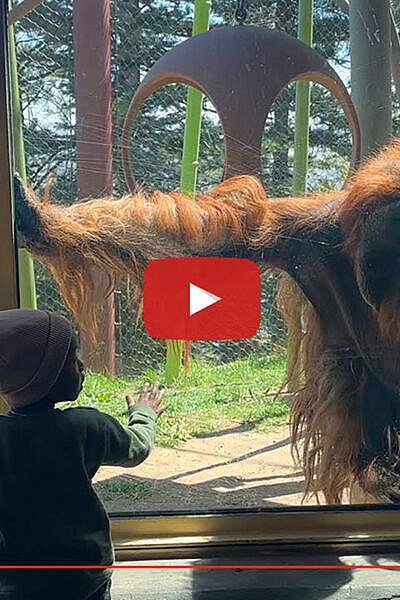
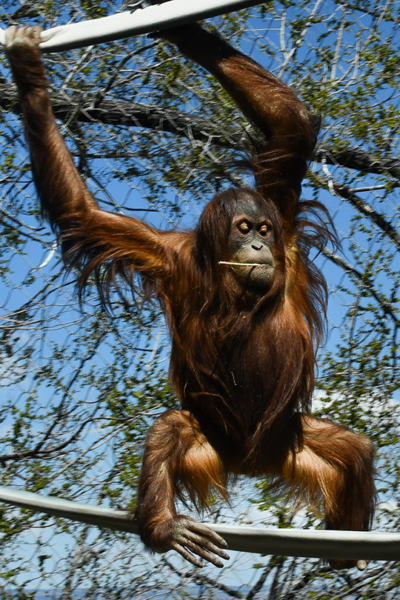


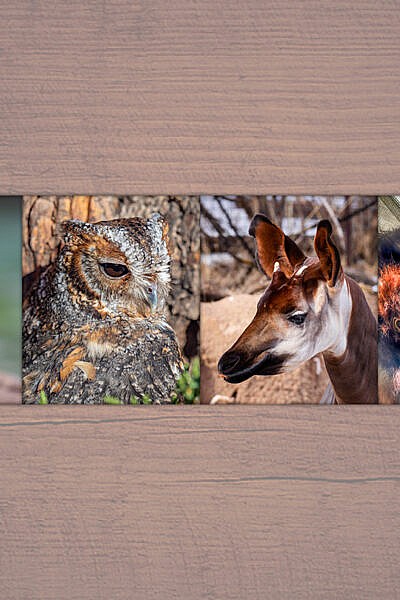

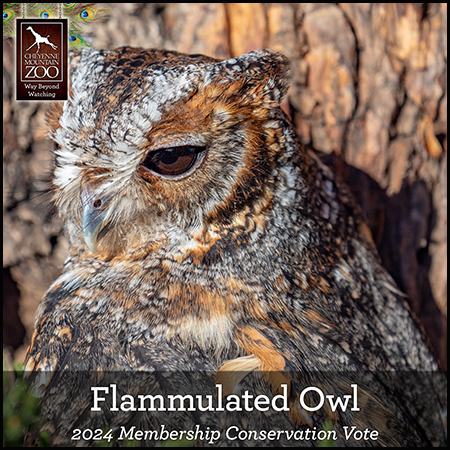
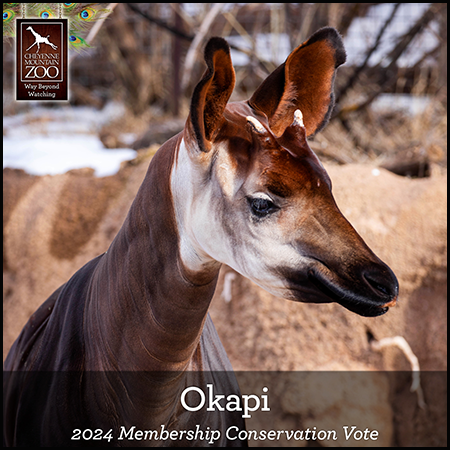
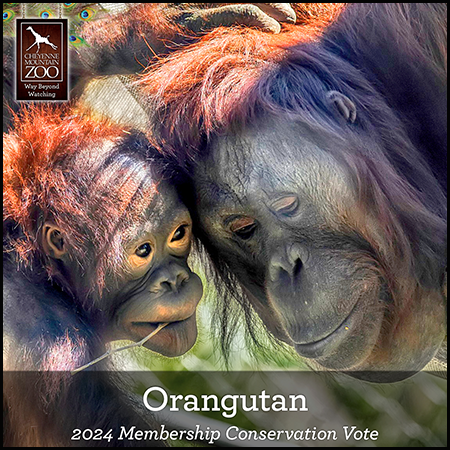
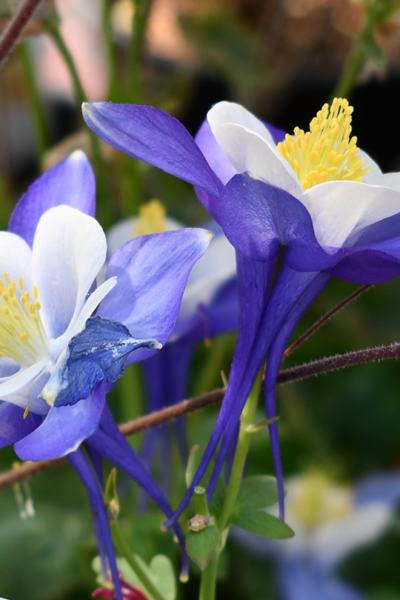
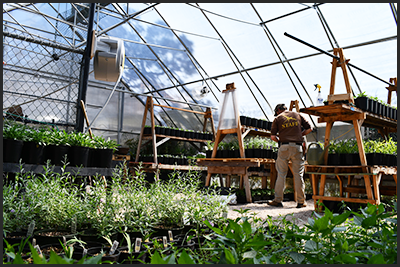
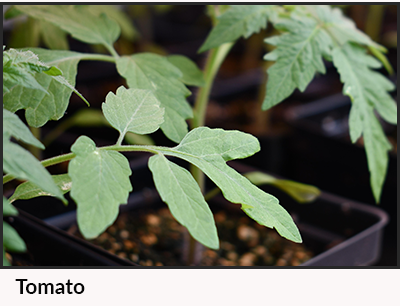
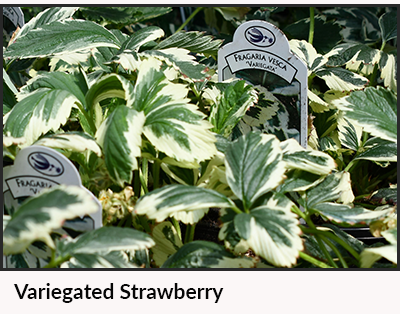
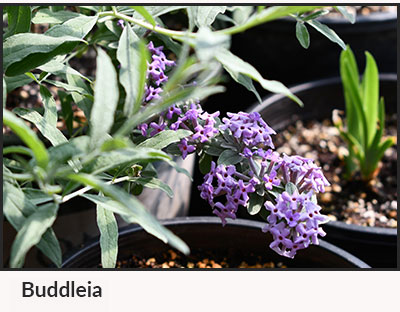

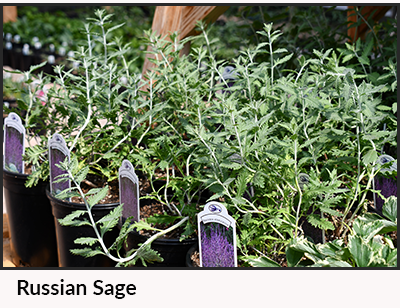
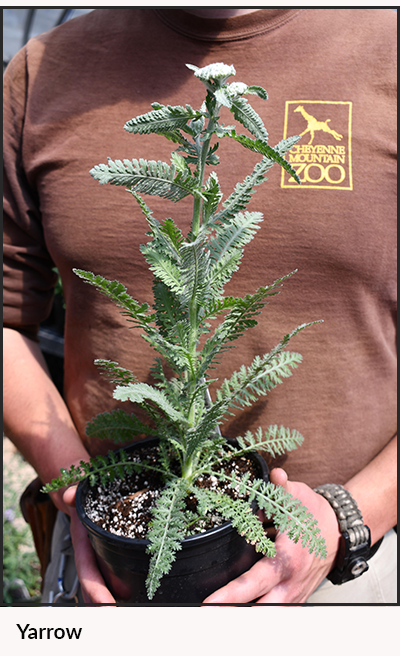
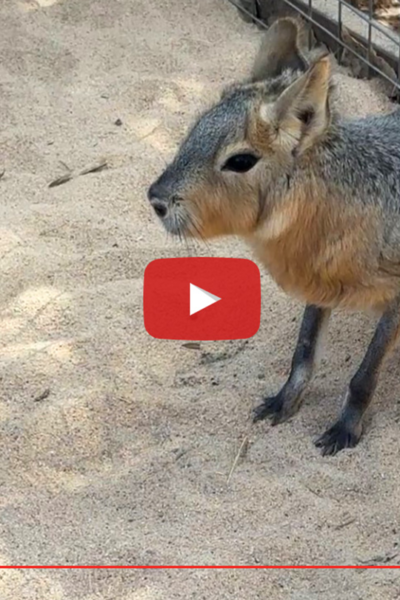
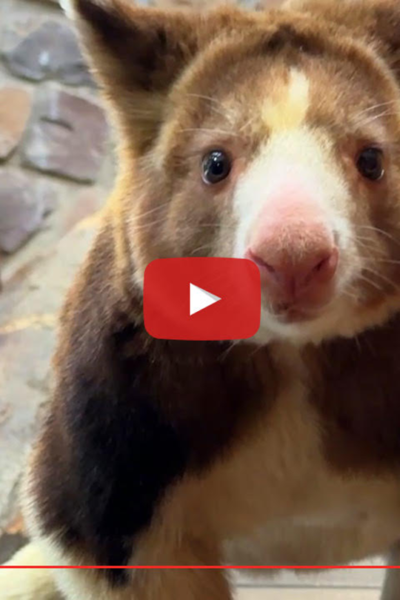
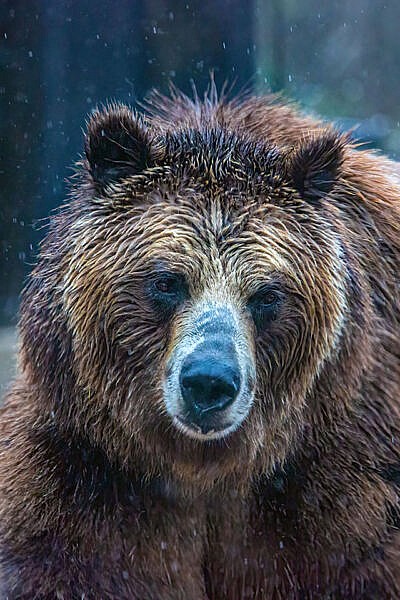
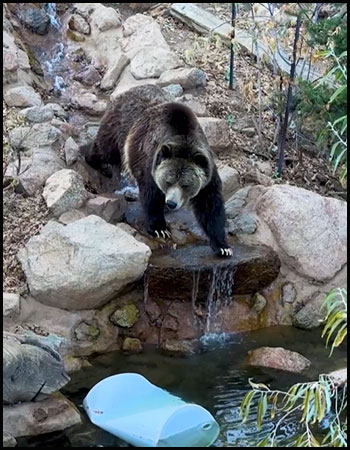 Guests and members will soon get new views of Emmett and Digger, CMZoo’s nearly 19-year-old grizzly bears. When the project is complete, visitors will get different perspectives of the bears from ground level and from an additional guest viewing area. Ongoing improvements to the bears’ habitat – including the recently completed waterfall in their north yard – will also make it better suited to provide homes for potential orphaned cubs in need of human care.
Guests and members will soon get new views of Emmett and Digger, CMZoo’s nearly 19-year-old grizzly bears. When the project is complete, visitors will get different perspectives of the bears from ground level and from an additional guest viewing area. Ongoing improvements to the bears’ habitat – including the recently completed waterfall in their north yard – will also make it better suited to provide homes for potential orphaned cubs in need of human care. 
